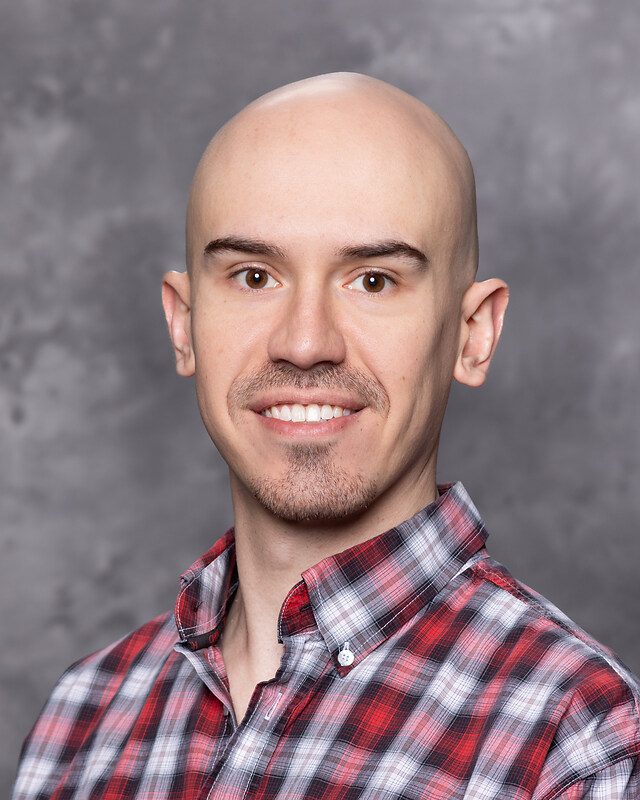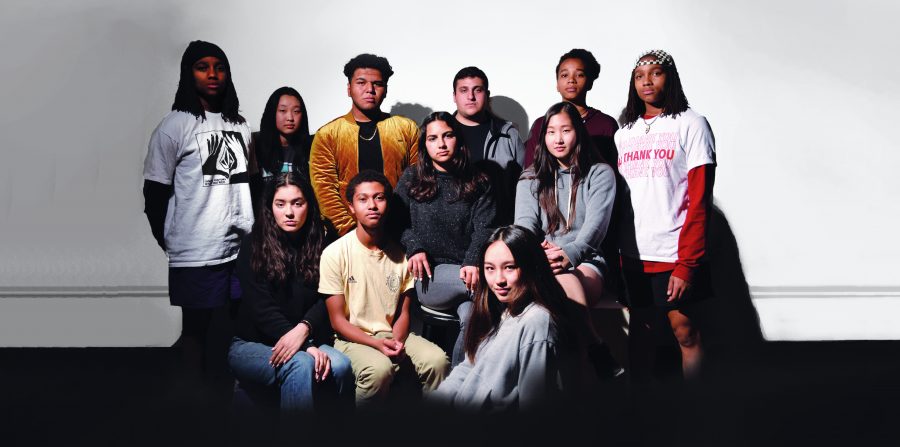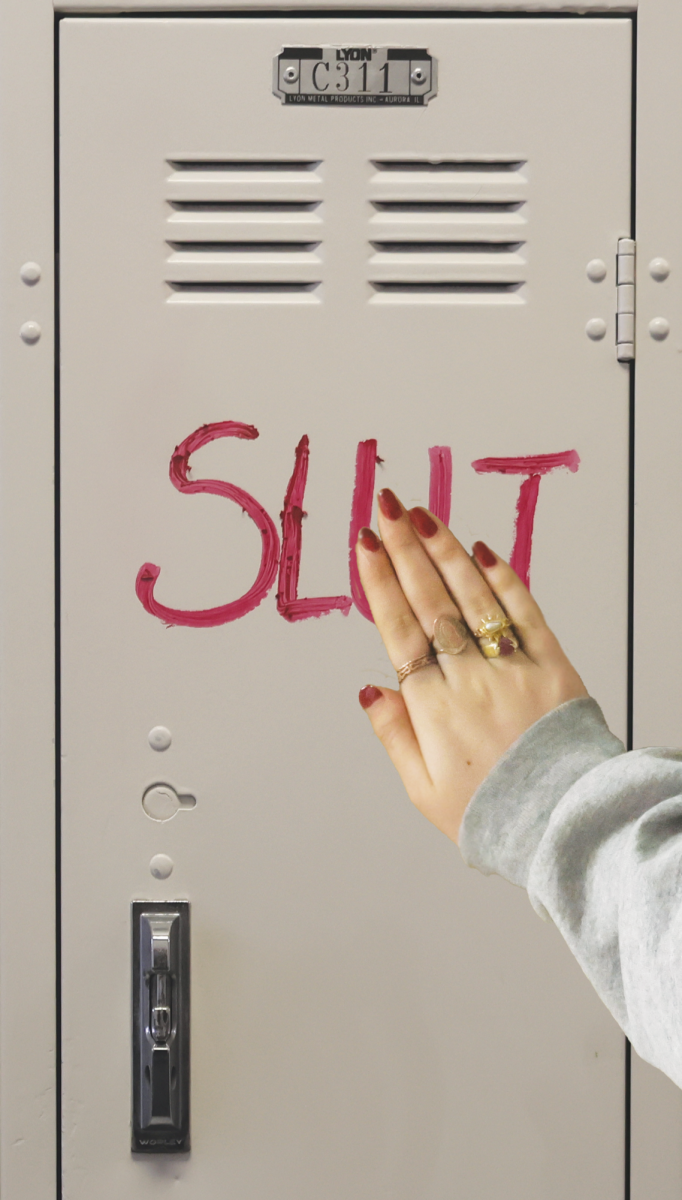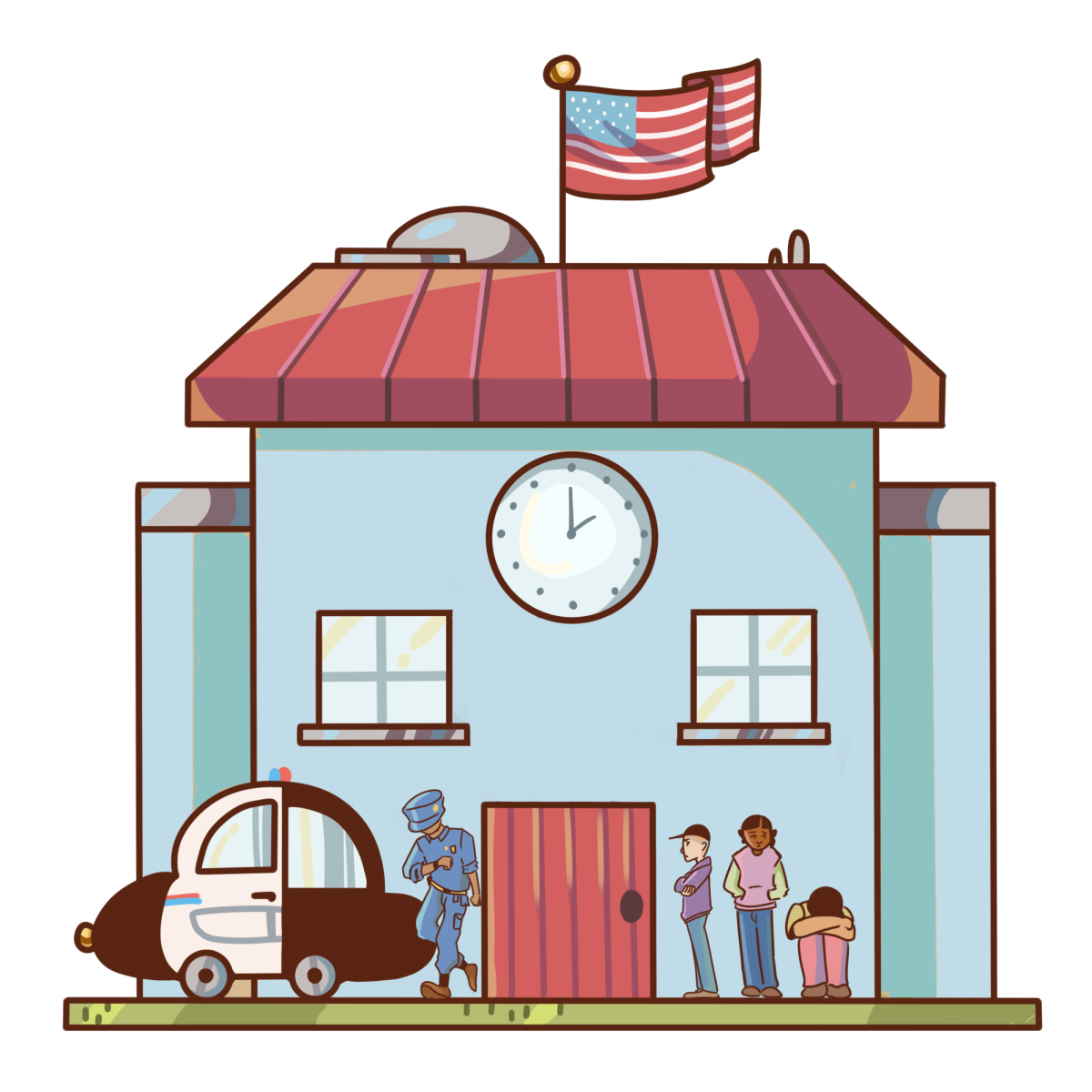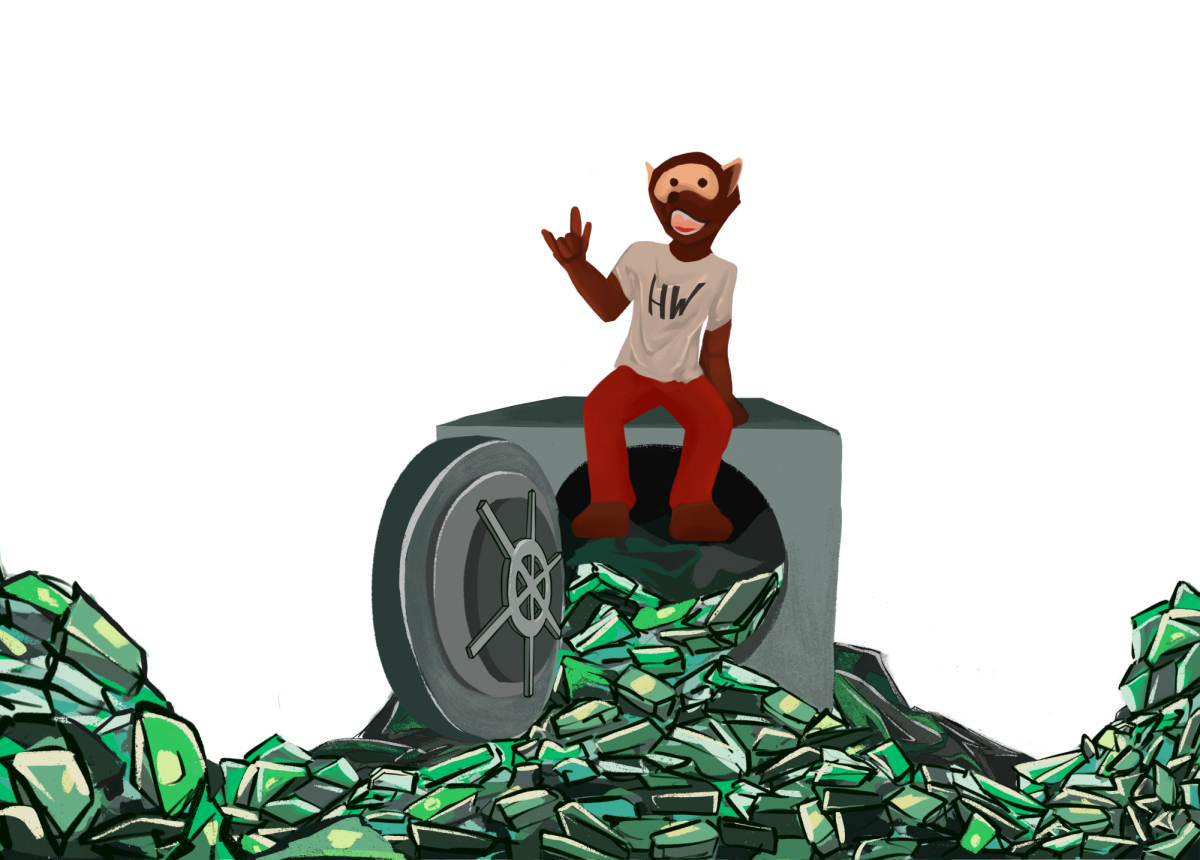Rob* ’20 stared at the screen in front of him in shock. A moment earlier, he had been watching his friend’s video game livestream when someone under an anonymous username appeared on the chat.
“WE ARE THE KLU KLUX KLAN AND WE HATE N*****S AND F******S AND JEWSS,” the user wrote.
It took all he had to calm himself down, Rob said. The next day, he and his friends chose to tell the administration about the incident.
“As a black student, I’m not going to allow someone who’s not black say the [n-word, using] it like it didn’t have meaning,” Rob said. “Language like that is negative and hurtful. I know the history of my ancestors and the struggles they went through while being referred to as the word, and many black people are still called it today.”
This incident came more than a year after controversies erupted regarding racial and homophobic slurs on social media by students and has become a part of the larger conversation regarding diversity, equity and inclusion on campus. Of the 363 respondents to a Chronicle poll, 61 percent of students said that they have witnessed or experienced some form of discrimination as a Harvard-Westlake student.
Last school year, consultant group HR Matrix released the Diversity, Equity and Inclusion Climate Assessment, which reported the largest social issues on campus based on conversations with members of the community. In response to the report, Associate Director of Admission Janine Jones (Taylor ’18, Avery ’23) and Upper School science teacher Nate Cardin took on the positions of Director of Diversity, Equity and Inclusion and Coordinator of DEI, respectively.
“A lot of efforts with respect to diversity, equity and inclusion [last year] had been the jobs of people based on what they’re interested in and what they’re passionate about,” Jones said. “I truly believe that everybody wants to do better, but everybody doesn’t have time to do better because it wasn’t any one person’s job. No one person had the job of making sure that we are diverse, that we are equitable and that we are inclusive.”
In this position, Jones said she now has the opportunity to use her own experiences to focus on DEI issues and act as a leveling force between many of the tensions addressed by the climate assessment.
“My mother grew up in the segregated South with whites-only and coloreds-only bathrooms,” Jones said. “I didn’t grow up like that, and my kids are also generationally removed. We are an old and a new school at the same time. When we talk about current events and life issues, [different] age groups have a different spin on things. As someone who is somewhat in the middle of these generations, I see both sides of it, and I’d love for us to be able to bridge that gap.”
One of the most pressing issues reported by the climate assessment was the school’s lack of professional development regarding diversity, equity and inclusion, Jones said. To address this issue, Cardin has led monthly “Brown Box Lunches” with faculty members focused on a certain theme, such as LGBTQ rights, the model minority myth and faculty-student tensions.
Tackling both this absence of faculty training and the tensions between campuses, Jones has led 15 department-level training sessions so far about implicit bias in the classroom. Additionally, the department has been promoting conversation about increasing inclusion within the school curriculum, by departing from the Eurocentric focus on history to including greater representation in English literature, Jones said.
“Usually the first time [African-American students] see themselves, in the context of history, is as a slave,” Jones said. “A child can’t be what a child can’t see. Whether we recognize it or not, [we] are internalizing that maybe [we are] not as valued or valuable because we’re not reading of authors of African-American descent, we’re not reading female authors or we’re not reading people who are from the LGBTQ identity.”
Asian Students in Action founder and leader Lucy Kim ’19 said the lacking representation as an Asian-American in the school community and growing discussions about diversity and inclusivity impelled her to found the affinity group this year.
“[Not having an Asian-American affinity group before ASiA] seemed to reflect my observation that Asian-Americans are often the overlooked minority in America, a product of both our relative indifference and the model minority stereotype that ‘rewards’ such indifference,” Kim said. “ASiA, to me, provides not just a space for other students to explore and celebrate their heritage on campus, but also grants us a unified voice colored by our unique experiences as Asian-Americans.”
To reinforce this sort of representation, Kim hosted the school’s first Multicultural Fair this year to celebrate the distinct cultures within the school community, she said.
“It provided a space that promoted unity not just between affinity groups, but between individual members of the community as well,” Kim said. “I personally feel like my voice is being listened to, not just heard, and it’s gratifying that we could organize something like the Multicultural Fair and have such a widely positive response from both students and faculty.”
Similarly, Jones hosted the first annual Pollyanna Conference in the West Coast at the Middle School, which invited school representatives ranging from administration to students to discuss race and privilege, as well as develop action plans for the coming year.
Having these sort of meaningful interactions built on trust are fundamental to cultivating a truly inclusive and productive community, Domonic Rollins, Senior Diversity and Inclusion Officer at the Harvard Graduate School of Education, said. The majority of students agree: 59 percent of the 360 respondents said efforts like the Multicultural Fair and Pollyanna have been effective.
“Part of my own philosophy on it is that we have not as a society really learned how to be together across differences,” Rollins said. “I believe that people have been socialized and learn not to trust people who are different from them, whether they were explicitly told this or implicitly told this. If there’s no trust, how can we be a part of a community.”
By taking action, communities can effectively work against discrimination, such as what Rob experienced.
“Today, we have so much of what I call ‘joking content’ and ‘joking matter’ especially in the school setting,” Rollins said. “Their entire day outside of the classroom could just be ‘one big joke’ with this sense of levity where we don’t actually understand what the impact of our actions are on other people. What we know to be a racial slur, by virtue of what the word itself is, may not be understood to have that kind of impact by the person who’s said it or done it. After you do that work, you then have to really provide more opportunities for there to be real community connections across differences. You wouldn’t say or do those things to friends or people who you care about.”
To have these sort of conversations, representatives from all facets of the school, ranging from affinity groups to athletic teams to faculty members, have met together regularly to discuss ways to facilitate a more productive and accommodating learning environment, Black Leadership Awareness and Culture Club Taylor Redmond ’18 said.
These sort of meetings create a uniting force between the groups, Jones said.
“It’s about the intersection of those groups, knowing that even if you’re a member of [Gender-Sexuality Awareness], or La Femme, or ASiA or BLACC and [Latin American and Hispanic Student Organization], you’re all in this together,” Jones said. “It’s like bringing down the silos in those groups, even though that wasn’t identified in the climate assessment so that they can all be together. I think that’s kind of the first step for me, that our groups are strong.”
However, Jones said there is still much to be done. Sixty-seven percent of 360 respondents said the school can do more to be more diverse, inclusive and equitable.
“I see this as just the beginning of our conversations,” Jones said. “This work is nuanced. The whole community must continue to educate themselves, and we have to be thoughtful and intentional. We really need to figure out how to have difficult conversations, even when the rest of the world hasn’t. Each and every one of us needs to commit to that.”
*Names have been changed.
















